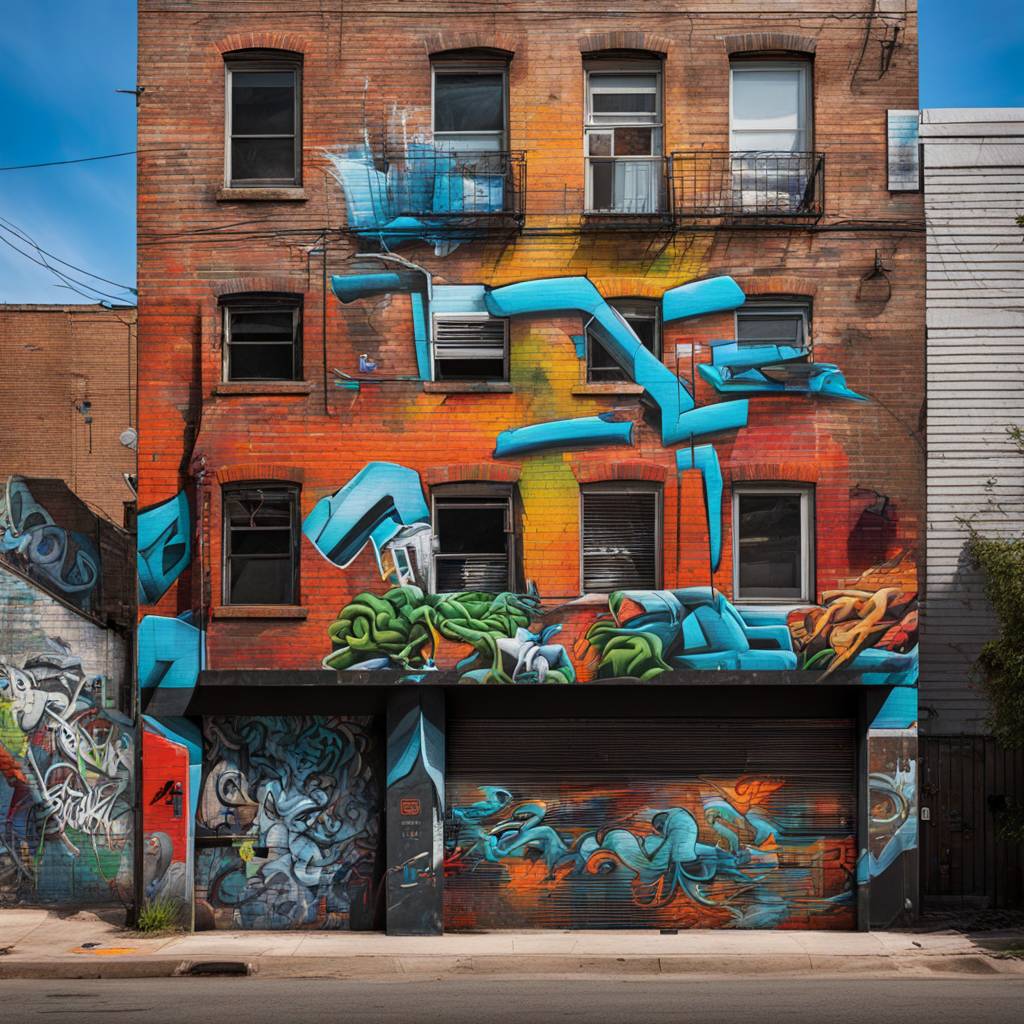Julian Phethean, known as Mr Cenz, started his street art in London in the 1980s, initially facing challenges and arrests due to graffiti being seen as vandalism. However, the acceptance of street art has grown, with developers, companies, and brands now eager to showcase it. This shift has led to street art playing a significant role in the revitalization of neighborhoods around the world, attracting a diverse audience and contributing to the cultural appeal of these areas. While some see street art as a positive force for economic and cultural development, others are concerned about the impact of commodification on the identity of these neighborhoods.
The rise of graffiti as an art form can be traced back to the anti-establishment expression of the 1960s and 1970s, evolving into a global movement driven by social media and famous artists like Banksy and Lady Pink. In cities like London, Berlin, and Miami, street art has transformed overlooked neighborhoods into trendy cultural hubs, attracting investment, new developments, and a growing number of residents and visitors. However, this transformation has also led to rising rents, displacement of long-term residents, and debates around the commercialization and regulation of street art.
Developers in areas like Wynwood in Miami have capitalized on the popularity of street art, turning once-gritty neighborhoods into thriving cultural and commercial centers. By commissioning artists to create murals and incorporating art into new buildings and spaces, developers seek to preserve the artistic heritage of these areas while appealing to a younger, more creative demographic. While these efforts have been successful in attracting businesses and tourists, they have also raised concerns about the impact on local communities and the authenticity of the street art scene.
In cities like Lisbon, initiatives to promote street art have been successful in rebranding neighborhoods and attracting investment, tourism, and new residents. While these efforts contribute to the cultural vibrancy of these areas, they also highlight the social and economic inequalities that arise from rapid gentrification and displacement of long-time residents. As street art becomes increasingly commercialized, there is a growing tension between preserving the artistic integrity of a neighborhood and catering to the interests of developers, businesses, and tourists.
Despite the benefits of street art in revitalizing neighborhoods and boosting local economies, there are concerns about the loss of authenticity and community that comes with commercialization. Residents, artists, and activists are pushing back against the growing influence of developers and businesses in shaping the street art scene, advocating for fair compensation for artists and maintaining the cultural identity of their neighborhoods. As the popularity of street art continues to grow, balancing the demands of commercial interests with community needs remains a challenge for cities looking to capitalize on the creative energy and cultural appeal of street art.








